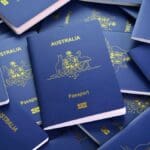
VIRGIN AUSTRALIA: Stock market (ASX) comeback about to take off
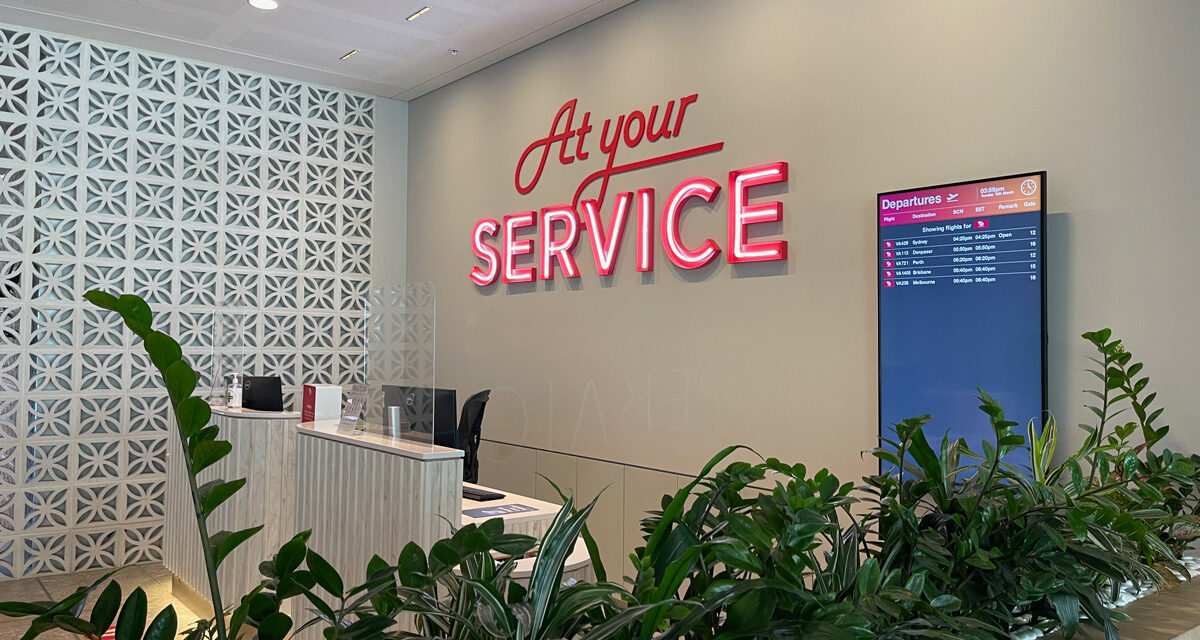
Virgin Australia is heading back to the ASX (Australian Stock Exchange). Five years after crashing into administration and being rescued by private equity firm Bain Capital, the airline is relaunching itself on the sharemarket. Its banking on a $2.3 billion valuation and strong interest from investors keen to board early.
Shares are expected to start trading on June 24, with Bain offloading 30% of the company at AU$2.90 per share. That leaves Bain with a 40% stake, while Qatar Airways’ holding will dip slightly to 23% from its original 25%. Virgin’s executive team, including new CEO Dave Emerson and Velocity boss Nick Rohrlach, will keep a modest 8%.
The float has already drawn heavy demand from both local and global institutions, prompting UBS to shut the offer window early due to oversubscription. Not bad for an airline that was in voluntary administration only a few years ago, grounded by COVID, and widely written off.
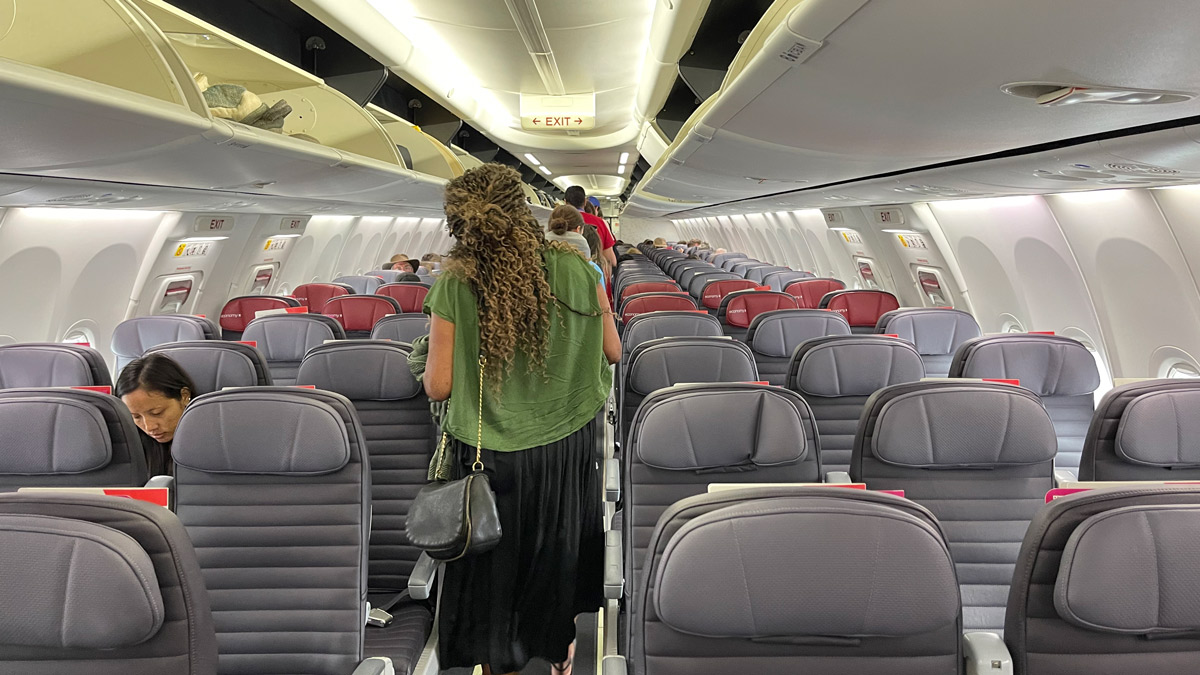
What’s in an ASX listing for travellers?
This isn’t just a win for ASX investors—it’s potentially great news for passengers too. As part of its relisting, Virgin plans to spend a whopping $1.1 billion in the next financial year, with $900 million of that earmarked for net capital expenditure. That means new aircraft, engine upgrades, and major fleet maintenance—less about Wall Street, more about not getting stuck on the tarmac.
Travellers should see improvements in aircraft reliability, newer and more fuel-efficient planes, and quicker cabin upgrades. Those cracked seatbacks and broken USB ports on your Melbourne run? They could finally be on the way out.
And if you’ve been earning Velocity points and worried about the recent downgrade, a stronger and better-capitalised Virgin might give you peace of mind. More aircraft should mean more routes and better redemption opportunities, especially for frequent flyers looking to stretch their points.
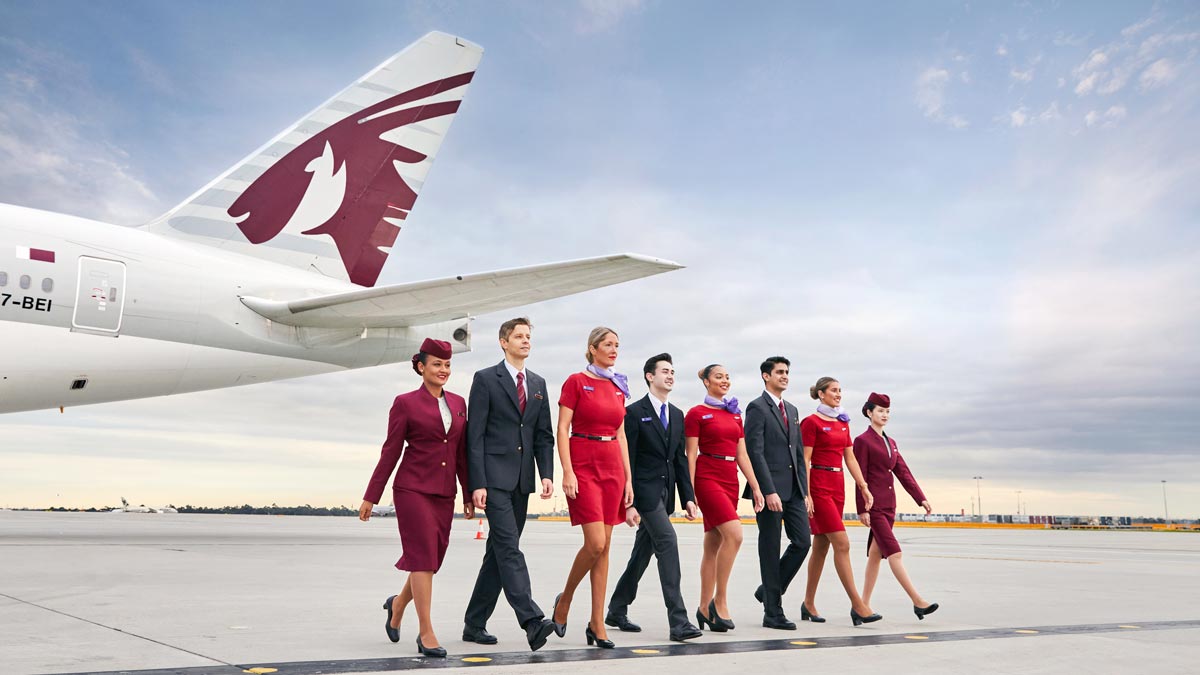
Qatar Airways still in the picture
Virgin has become a leaner, more domestically focused operation under Bain, focusing on a niche between Qantas and low-cost Jetstar. It hasn’t turned its back on long-haul travel entirely. Qatar Airways has become a major shareholder, and the two airlines continue to offer codeshare services connecting Australia to Europe, Africa, and beyond via Doha.
That means smoother international journeys for travellers—book once, check in once, and connect across continents without having to juggle multiple airlines or baggage tags.
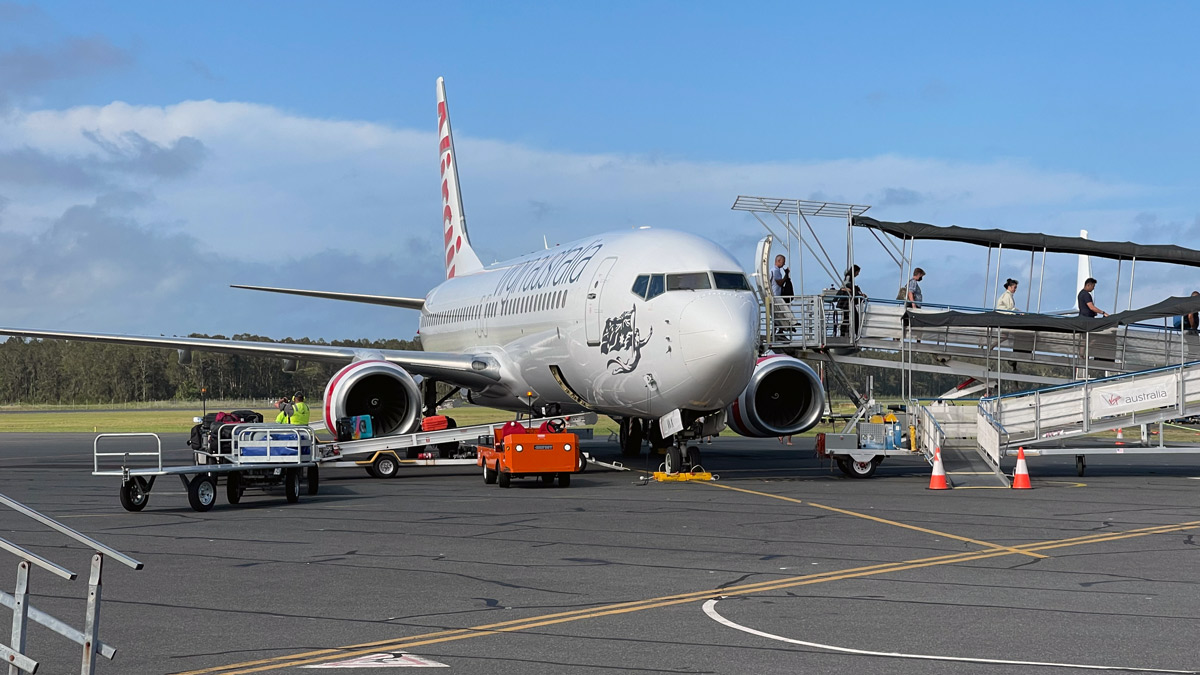
Virgin’s fleet gets a reboot
The AU$1.1 billion investment includes a hefty $900 million in net capital expenditure for the next financial year, a sharp increase from the $511 million allocated this year. Expect a mix of new aircraft orders and upgrades to the existing fleet.
While Virgin hasn’t revealed all the details about the aircraft on the shopping list, the aim is clear: modernise the fleet, reduce delays, cut emissions, and improve the passenger experience. It’s the kind of back-end investment that may not be flashy, but it’s what keeps planes running and passengers happy.
Profits up, seats full, competition down, great for ASX listing
Virgin and Qantas are flying high on a strong recovery in domestic demand. A perfect environment to relist on the ASX. Load factors on routes like Sydney–Melbourne are consistently in the high 80% range, pushing both airlines’ profits to near-record levels. Virgin reported its best-ever first-half earnings this year, while Qantas clocked a 16% margin on domestic operations.
With Bonza now defunct and Rex pulling back to regional routes, there’s little competition left to keep fares in check. That means the skies are primarily divided between Qantas Group airlines and Virgin Australia.
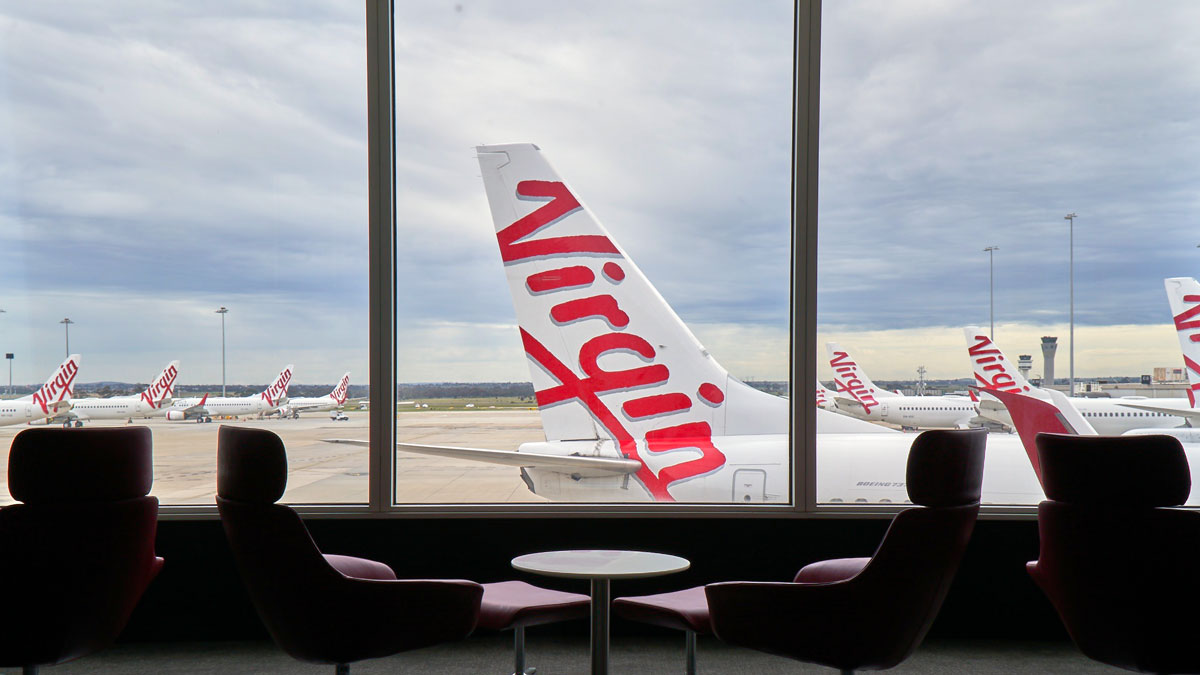
Australia still loves to fly
Australia’s domestic market is outpacing many of its global peers. Figures from IATA show a 2.4% rise in revenue passenger kilometres, even as seat capacity dropped 2.2%. That’s the kind of imbalance that drives up airfares and keeps planes packed.
Compare that with the United States, where revenue per kilometre actually fell with airlines adding more seats. In short, Aussies are still travelling and willing to pay for it.

2PAXfly Takeout
Virgin Australia’s return to the ASX is more than just a financial milestone. It’s a chance for the airline to rebuild, retool, and re-earn the loyalty of Australian travellers. Let’s hope that it also means better competition, as that will reduce fares.
And if you’re both a frequent flyer and an armchair investor? From June 24, you can buy a seat at both tables.
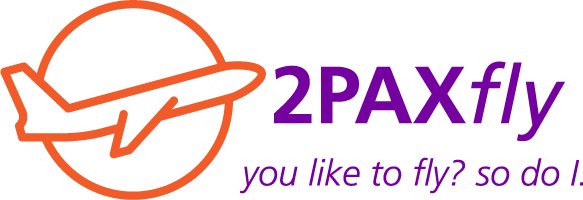


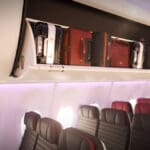
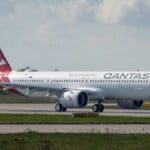


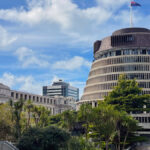

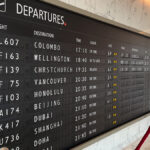

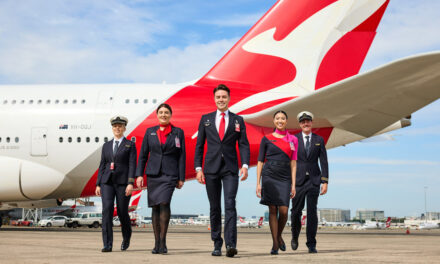
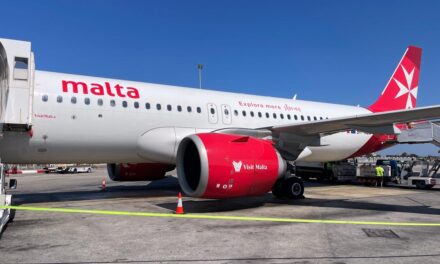
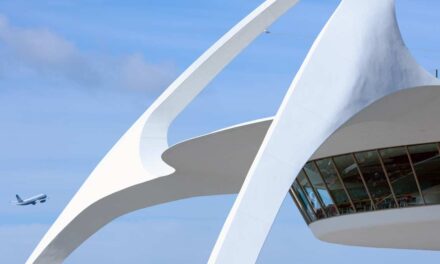



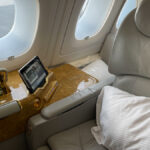
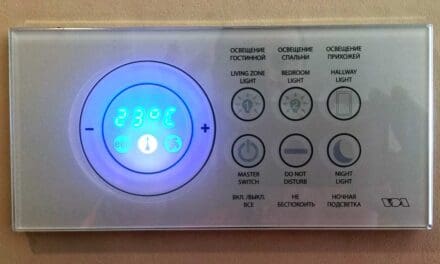



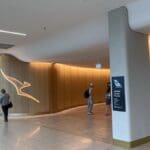


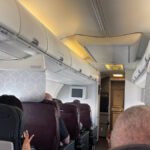

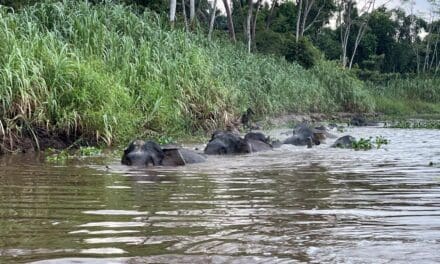






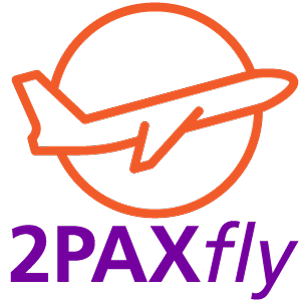
What did you say?